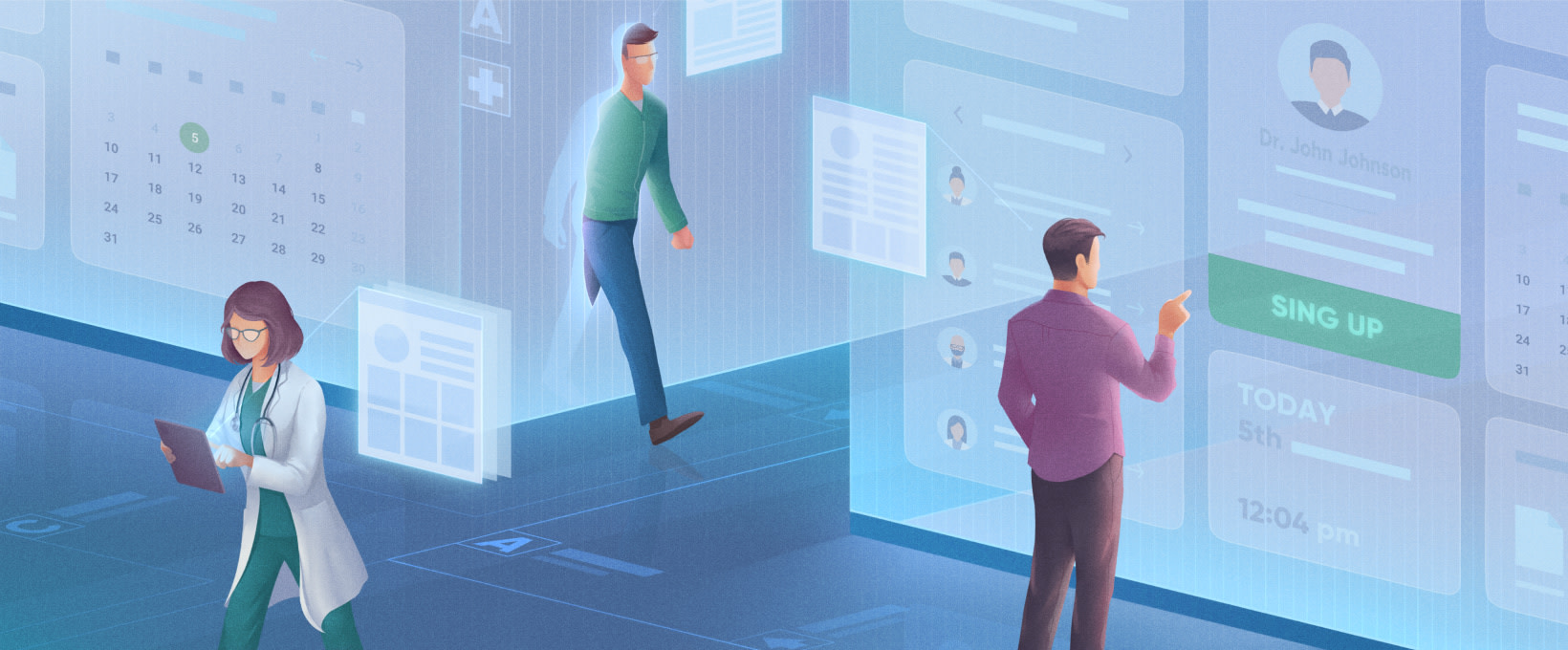- Die Bedeutung der Telemedizin
- Die Schlüsselrolle von Software für die Telemedizin
- Heutige Telemedizin: Vor- und Nachteile
- Die Zukunft der Telemedizin: Fünf Bereiche, in denen sie am erfolgreichsten ist
- Virtuelle Arztbesuche: Die Zukunft der Patientenkommunikation
- Künstliche Intelligenz in der Telemedizin: Potenzial und Anwendungen
- Wearables und mobile Gesundheitsanwendungen: Monitoring und Prävention im Fokus
- Big Data und Datenanalyse: Effiziente Auswertung von medizinischen Daten
- Telechirurgie und Robotik: Die Zukunft der Fernoperationen
- Fazit
Im Jahr 2020 erlebten Fernservices aufgrund der COVID-19-Pandemie einen starken Aufschwung. Es ist nicht überraschend, dass virtuelle Gesundheitsdienste zu dieser Zeit besonders gefragt waren. Die Telemedizin gewann an Bedeutung, insbesondere in Situationen, in denen Entfernungen eine Rolle spielten. Durch ihren Einsatz konnten Ärzte und Patienten ihre Sicherheit gewährleisten. Dennoch erkannten nicht alle medizinischen Einrichtungen sofort die Vorteile der Fernbehandlung und die damit verbundene Technologie. In diesem Beitrag werfen wir einen Blick auf die Zukunft der Telemedizin, diskutieren ihre Vor- und Nachteile und beleuchten den Nutzen für Gesundheitsorganisationen.
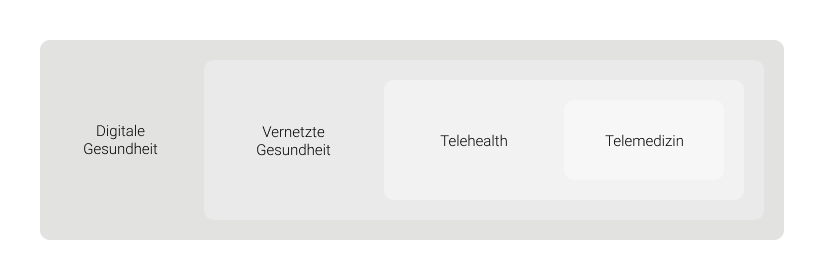
Die Bedeutung der Telemedizin
Die COVID-19-Pandemie hat das Gesundheitswesen nachhaltig verändert und eine Spur der Verwüstung hinterlassen. Notaufnahmen waren mit einem überwältigenden Ansturm von Patienten konfrontiert, die Routineversorgung wurde unterbrochen und ein alarmierender Mangel an Ärzten wurde offensichtlich. Die Branche wurde bis an ihre Grenzen belastet und zeigte ihre Verwundbarkeiten inmitten des Chaos.
Doch selbst in dieser turbulenten Zeit und angesichts der anhaltenden Herausforderungen von sozialer Distanzierung und Lockdowns gab es einen Hoffnungsschimmer: die Telemedizin. In einem bemerkenswerten Wandel wurde sie zur bevorzugten Lösung für medizinische Versorgung und bot denjenigen, die Hilfe benötigten, lebensrettende Unterstützung. Doch im Laufe der Zeit wurde klar, dass ihre grundlegende Ausführung ihre Grenzen in Bereichen wie Diagnostik, Datensicherheit und Zugänglichkeit hatte.
Heute stehen wir an einem Wendepunkt, an dem die Telemedizin ihren verdienten Platz als weit akzeptierte und hoch angesehene Option im Gesundheitswesen eingenommen hat. Die Vorteile haben sich weit verbreitet, wie eine kürzlich durchgeführte Umfrage von Prosper Insights & Analytics zeigt: Über 36 % der Erwachsenen griffen während der COVID-19-Pandemie auf Telemedizin zurück. Es ist jedoch von großer Bedeutung anzuerkennen, dass es noch Lücken zu schließen und Herausforderungen zu überwinden gibt, um das volle Potenzial dieser bahnbrechenden Technologie auszuschöpfen.
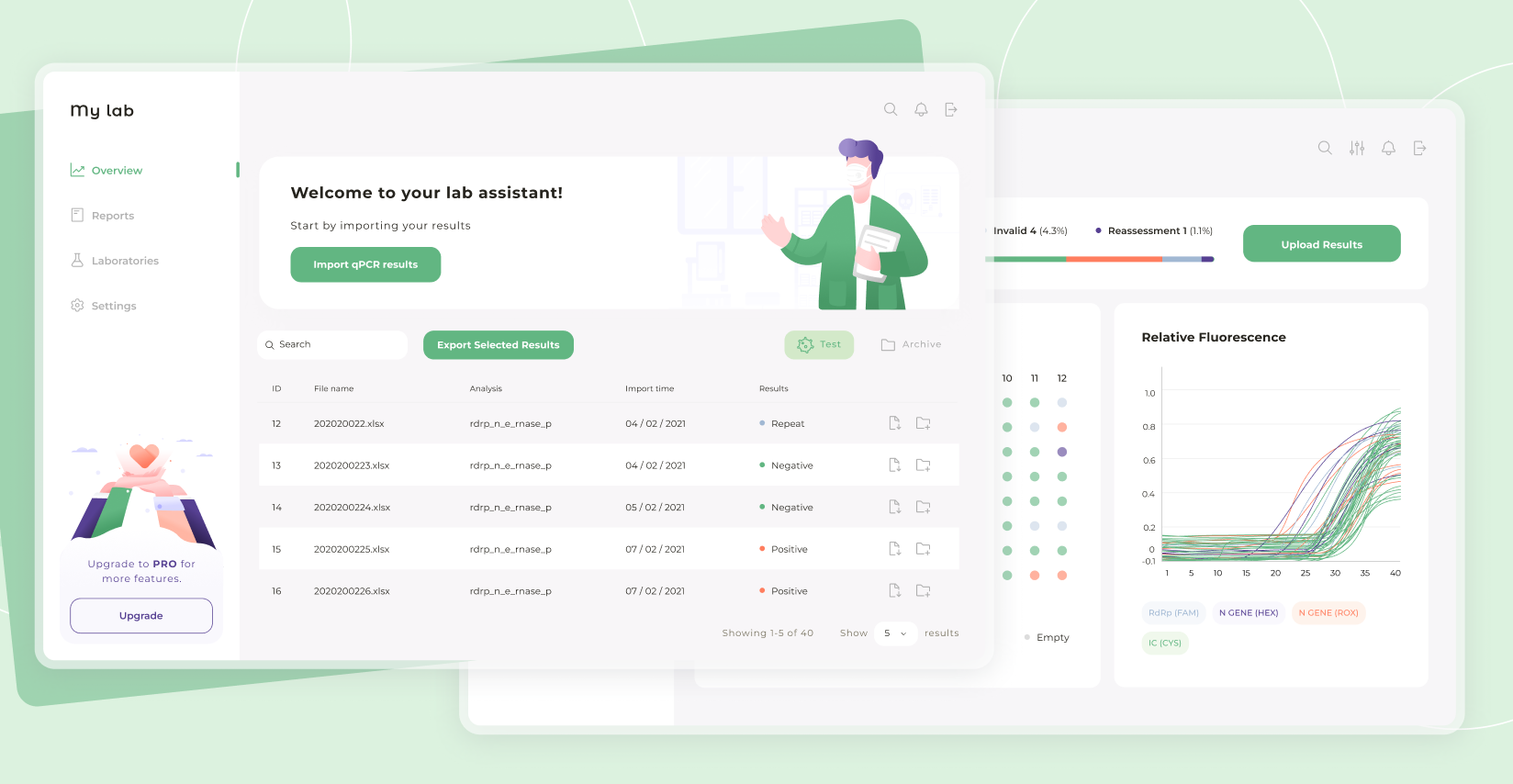
Die Schlüsselrolle von Software für die Telemedizin
Im Zuge des Booms der Fernbehandlung hat sich die Nutzerbasis kommerzieller Fernservice-Lösungen rasant entwickelt. Dennoch haben sich einige Kliniken dafür entschieden, einen maßgeschneiderten Service von Grund auf zu entwickeln. Dieser langfristig rentable Ansatz basiert auf der Erkenntnis, dass vorgefertigte digitale Produkte oft nicht die erforderliche Flexibilität bieten. Ein Service, der der Klinik derzeit zusagt, könnte möglicherweise zukünftigen Anforderungen und Aufgabentypen nicht gerecht werden.
Darüber hinaus bieten für Kliniken entwickelte Fernbetreuungsdienste zusätzliche Funktionen, wie beispielsweise:
- Verwaltung von Patientenaufnahme- und Entlassungsplänen,
- Integration mit elektronischen Patientenakten,
- Überwachung von Patientenbiometrie und Langzeiterkrankungen mithilfe intelligenter Geräte usw.
In integrierten Versorgungsmodellen spielt Individualsoftware eine zunehmend wichtige Rolle. Neben Konsultationen und Nachbetreuung durch Ärzte müssen Patienten, die kontinuierliche medizinische Behandlung benötigen, auch Tests durchführen und Röntgenbilder auswerten lassen. Es kann auch erforderlich sein, sich mit verschiedenen medizinischen Fachkräften in einer bestimmten Reihenfolge abzustimmen. Software mit erweiterten Funktionen ermöglicht das direkte Senden von Labortestergebnissen und Scans an die elektronische Patientenakte. Außerdem ermöglicht sie die Planung von Folgebehandlungen unter Berücksichtigung der Termine aller beteiligten Fachkräfte und gegebenenfalls auch der Angehörigen des Patienten.
Heutige Telemedizin: Vor- und Nachteile
Wenn Sie sich mit einem Softwareprojekt befassen, ist es wichtig, die Vor- und Nachteile der Telemedizin sorgfältig abzuwägen.
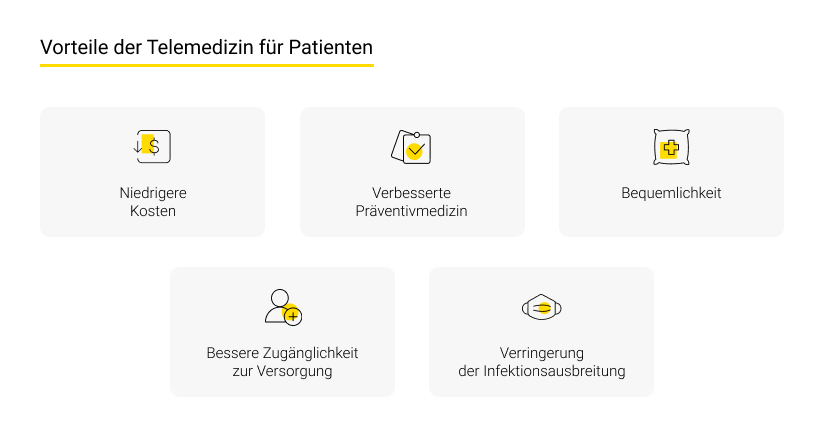
Hier sind die wichtigsten Vorteile der Telemedizin:
- Erhöhte Zugänglichkeit
Geografische Barrieren werden überwunden und Menschen in abgelegenen Gebieten oder mit eingeschränkter Mobilität erhalten Zugang zu hochwertiger Gesundheitsversorgung. In Zukunft wird dieser Zugang noch einfacher sein.
- Effizientes Zeitmanagement
Menschen, die ärztliche Betreuung benötigen, können die langen Wartezeiten im Wartezimmer umgehen und bequem von zu Hause aus virtuelle Konsultationen erhalten. Dadurch sparen sowohl die Patienten als auch die Gesundheitsfachkräfte wertvolle Zeit und ermöglichen eine effizientere Terminplanung sowie eine insgesamt verbesserte Pflege.
- Verbesserte Patienteneinbindung
Durch virtuelle Besuche und Fernüberwachung können Patienten aktiv an ihrer eigenen Versorgung teilnehmen, was zu einer stärkeren Einbindung, Selbstbestimmung und verbesserten Gesundheitsergebnissen führt.
- Kosteneffiziente Lösungen
Die Fernbehandlung reduziert die Notwendigkeit persönlicher Besuche und senkt dadurch die Kosten für Transport, Unterkunft und verpasste Arbeitstage. Darüber hinaus kann sie die Belastung des Gesundheitssystems verringern.
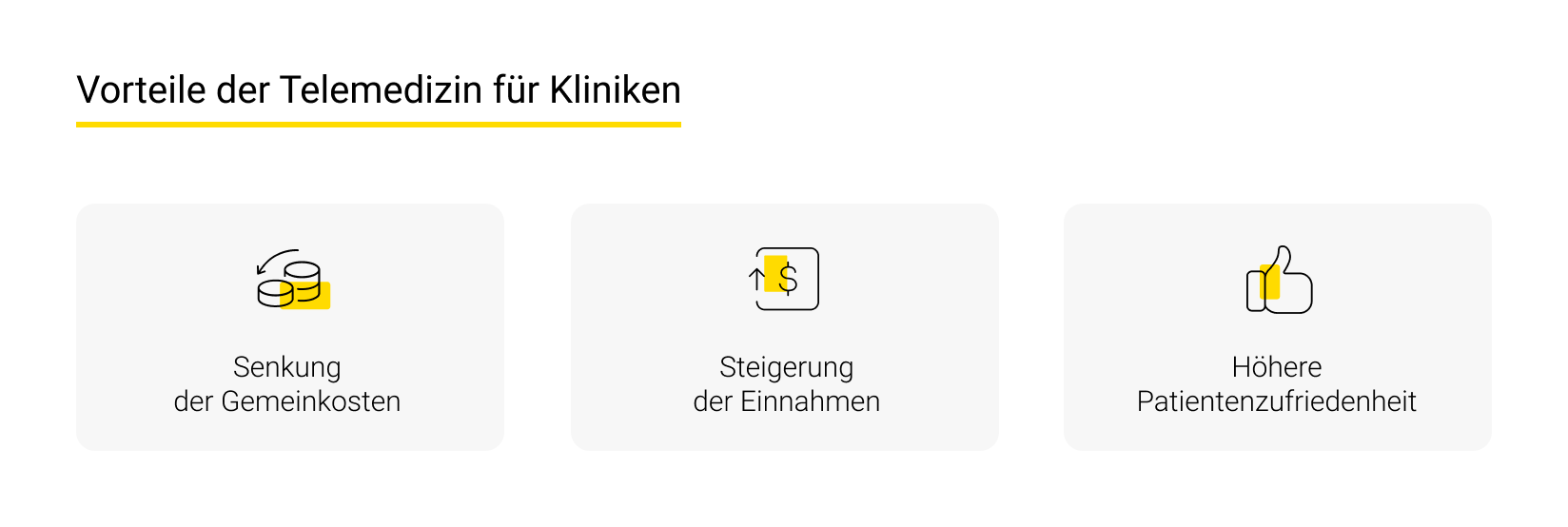
Die Vorteile der Telemedizin sind überzeugend. Es gibt jedoch auch einige Nachteile zu beachten:
- Technologische Einschränkungen
Trotz der raschen Fortschritte in der Technologie bestehen nach wie vor Herausforderungen wie Konnektivitätsprobleme, begrenzter Internetzugang in bestimmten Regionen und potenzielle Datenschutzbedenken.
- Diagnostische Grenzen
In bestimmten medizinischen Situationen sind körperliche Untersuchungen und praktische Bewertungen unerlässlich. Es erfordert gemeinsame Anstrengungen und innovative Lösungen, um diese Lücke effektiv zu schließen.
- Aufbau von Vertrauen und Beziehung
Die virtuelle Natur der Services kann es schwierig machen, eine persönliche Verbindung aufzubauen und das gleiche Vertrauens- und Beziehungsniveau wie bei persönlichen Interaktionen aufrechtzuerhalten. Strategien zur Förderung der Patienten-Arzt-Beziehung müssen an die virtuelle Umgebung angepasst werden.
- Rechtliche und regulatorische Aspekte
Das rasche Wachstum der Fernservices wirft wichtige rechtliche und regulatorische Fragen auf, einschließlich Zulassung, Haftung und Erstattungsrichtlinien. Die Einhaltung bestehender Vorschriften und die Anpassung an die sich entwickelnde Landschaft sind entscheidend, um eine umfassende und nachhaltige Nutzung der innovativen Tools zu ermöglichen.
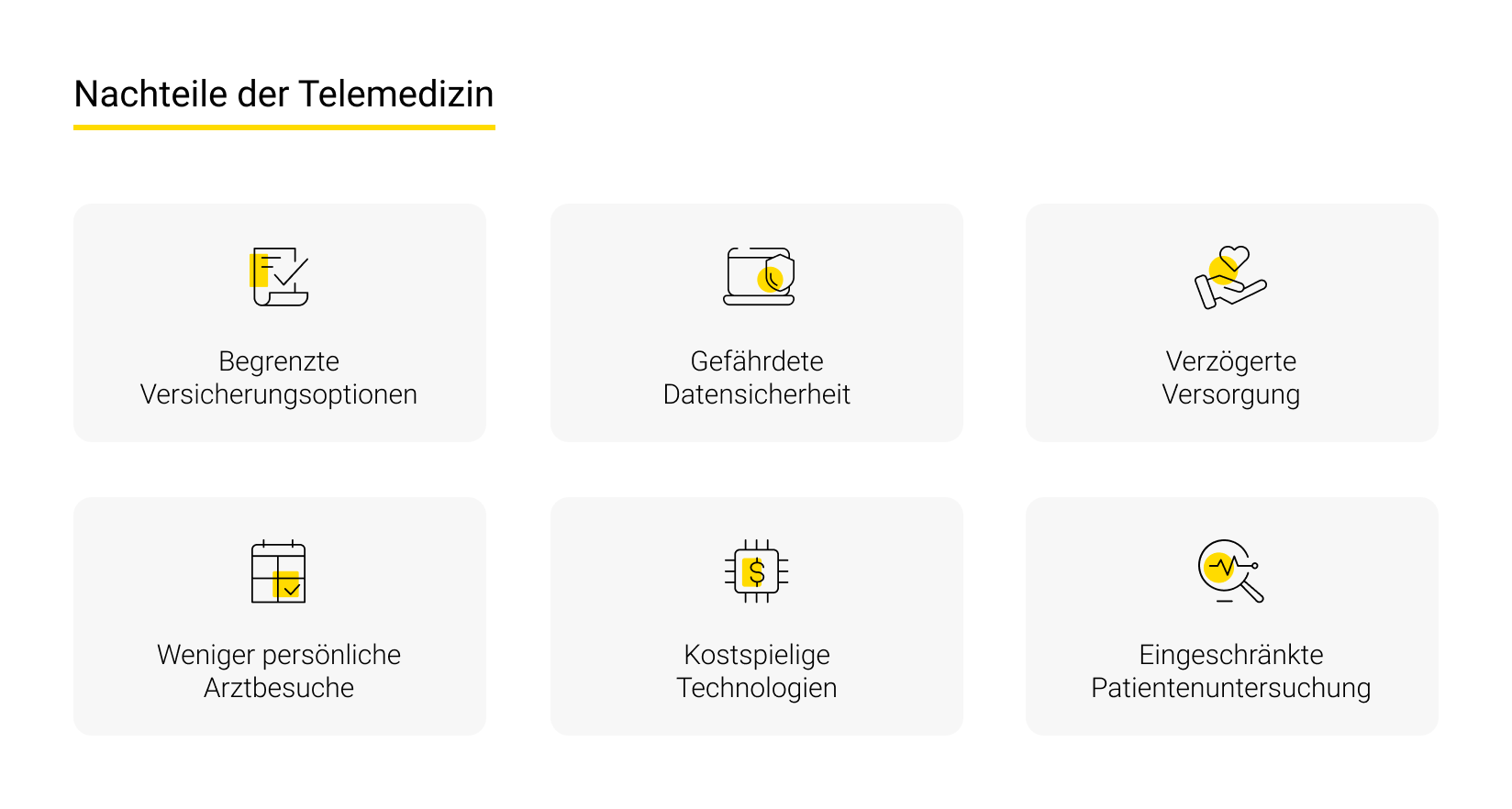
Durch eine gründliche Untersuchung der Vorteile der Telemedizin und ihrer Nachteile können wir ihr volles Potenzial ausschöpfen und gleichzeitig ihre Grenzen überwinden.
Die Zukunft der Telemedizin: Fünf Bereiche, in denen sie am erfolgreichsten ist
Wenn wir einen Blick in die Zukunft werfen, dürfen wir uns auf spannende Innovationen und bedeutende Durchbrüche freuen. Lassen Sie uns einige der Bereiche erkunden, in denen bahnbrechende Fortschritte die Art und Weise, wie wir die Gesundheitsversorgung gestalten, grundlegend verändern werden.
Virtuelle Arztbesuche: Die Zukunft der Patientenkommunikation
Die Zunahme virtueller Arztbesuche verändert grundlegend die Art und Weise, wie Patienten mit ihren Gesundheitsdienstleistern kommunizieren. Dieser innovative Ansatz nutzt Technologie, um personalisierte medizinische Beratung und Behandlung aus der Ferne zu ermöglichen und die traditionelle Arzt-Patienten-Interaktion zu revolutionieren.

Virtuelle Termine mit Hausärzten, Fachärzten und Psychotherapeuten werden in Deutschland immer beliebter. Video-Konsultationen sind zunehmend üblich geworden. Im Jahr 2022 haben 18 % der deutschen Bürger Video-Konsultationen genutzt, was einem Anstieg von vier Prozent im Vergleich zu 2021 entspricht.
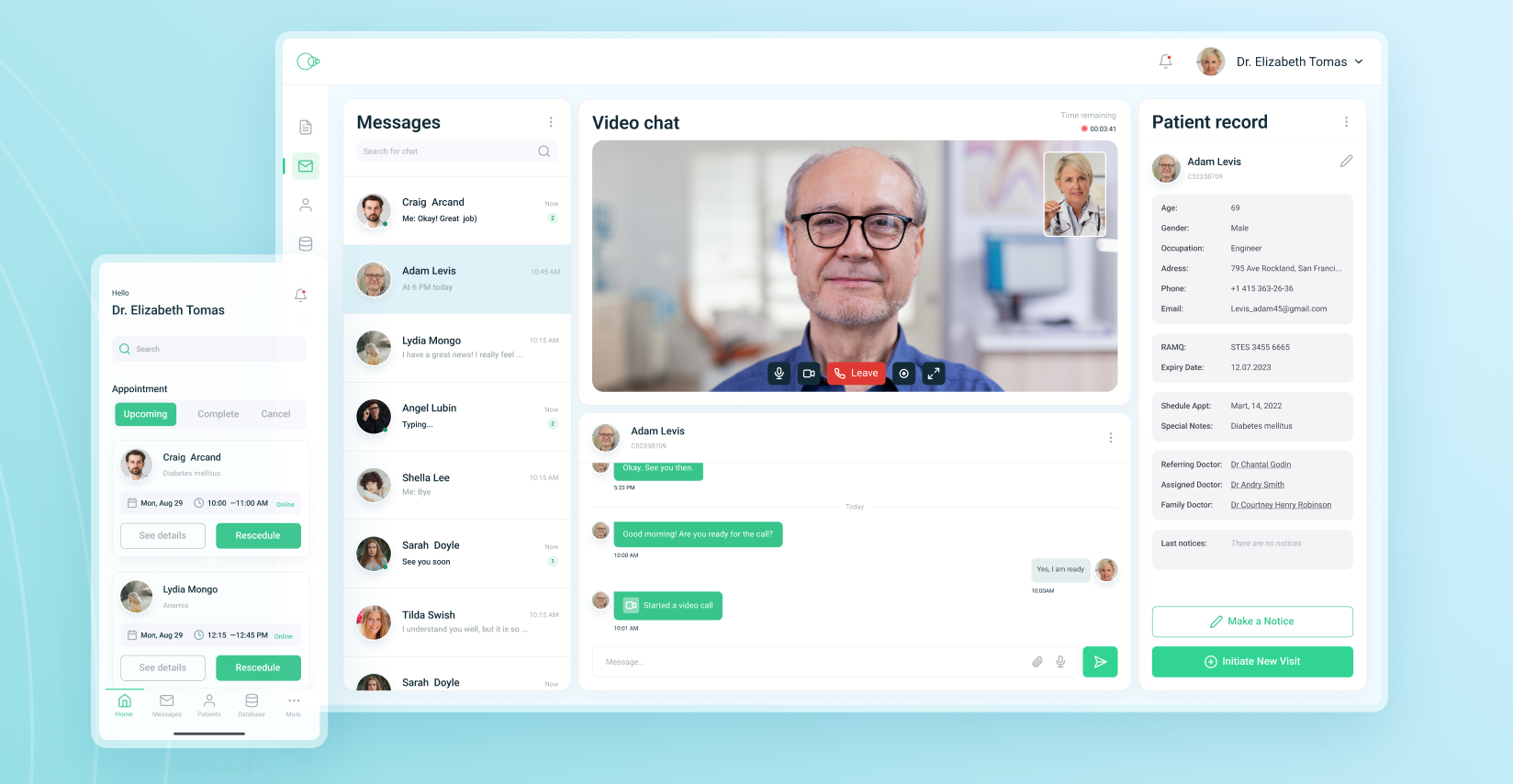
Virtuelle Besuche bieten zahlreiche Vorteile, die die Kommunikation mit Patienten und die Behandlungsergebnisse verbessern. Durch die Nutzung digitaler Plattformen und Telekommunikationsmittel können Menschen unabhängig von ihrer geografischen Lage hochwertige Versorgung erhalten, ohne physisch eine medizinische Einrichtung aufsuchen zu müssen.
Ein Hauptvorteil virtueller Arztbesuche ist die kontinuierliche Betreuung und Unterstützung. Patienten können über virtuelle Kommunikation in Kontakt mit ihren Ärzten bleiben und dadurch Behandlungspläne anpassen, Fortschritte überwachen und Probleme in Echtzeit lösen.
Zusätzlich fördern solche Besuche die Patientenaufklärung. Ärzte können über sichere digitale Plattformen wichtige Informationen, Bildungsressourcen und individuelle Anleitungen bereitstellen, die auf die Bedürfnisse jedes Einzelnen zugeschnitten sind. Dadurch werden Patienten dazu ermutigt, aktiv an ihrer Gesundheitsversorgung teilzuhaben und ihre Erkrankungen besser zu verstehen.
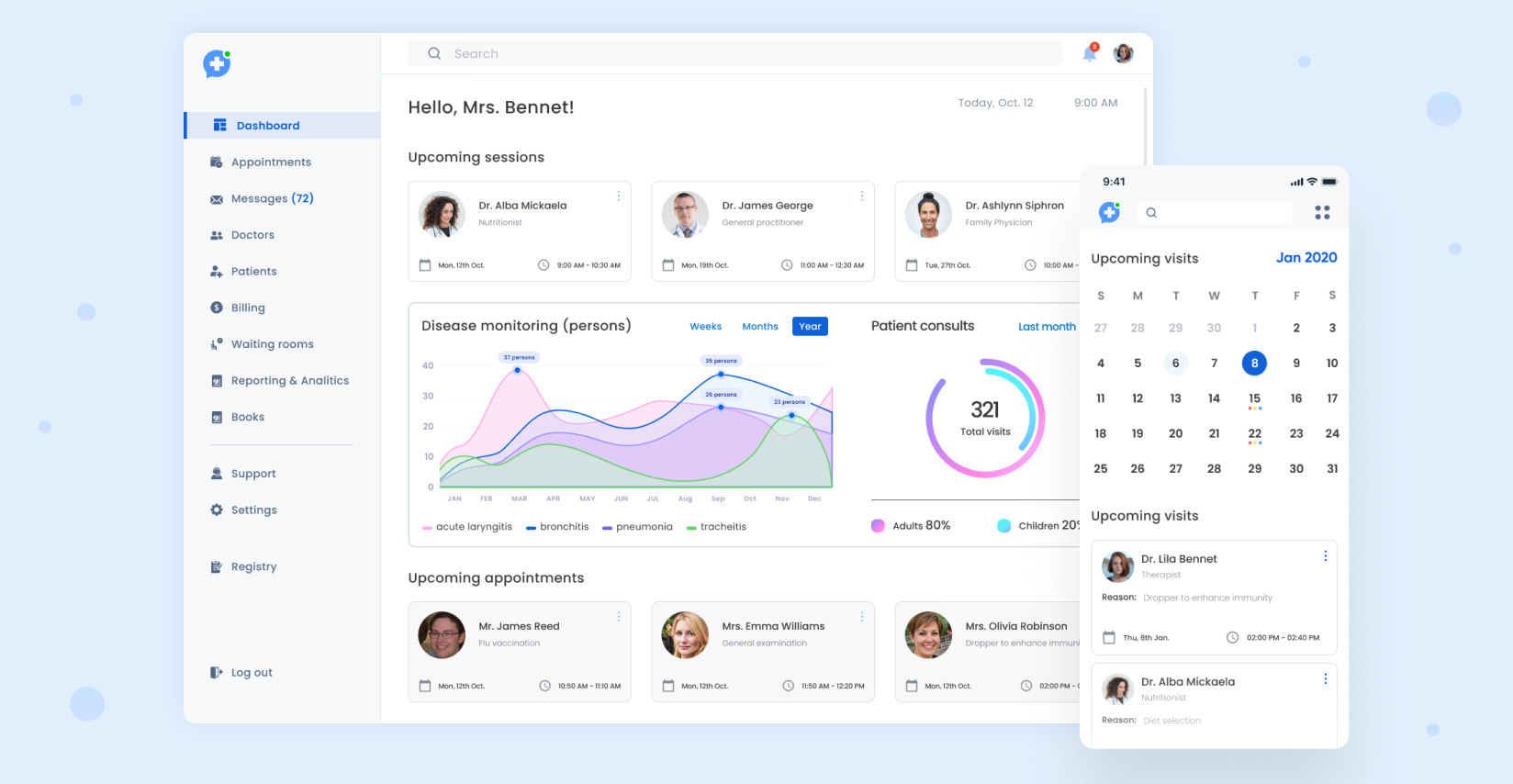
Die Zukunft der Patientenkommunikation liegt in der nahtlosen Integration virtueller Arztbesuche in das Gesundheitssystem. Mit fortschreitender Technologie und erweiterten Telekommunikationsmöglichkeiten eröffnen sich grenzenlose Möglichkeiten für die virtuelle Versorgung. Indem immer mehr Gesundheitsdienstleister und Patienten diesen innovativen Ansatz nutzen, werden die Barrieren von Entfernung, Zeit und Zugänglichkeit überwunden und ein patientenzentriertes und integratives Gesundheitssystem etabliert.
Künstliche Intelligenz in der Telemedizin: Potenzial und Anwendungen
Dank ihrer beeindruckenden Fähigkeiten eröffnet KI eine neue Ära der personalisierten und effizienten Pflege. In der Zukunft wird sie in Kliniken und Krankenhäusern immer stärker genutzt werden.
KI-Algorithmen in der Medizin haben ihre außergewöhnliche Leistungsfähigkeit bei der Analyse von medizinischen Daten bewiesen, angefangen von Bildern und Scans bis hin zu Patientenakten. Durch die schnelle Verarbeitung großer Informationsmengen können intelligente Systeme medizinischem Fachpersonal bei genauen Diagnosen, Mustererkennung und der Vorhersage des Krankheitsverlaufs helfen. Dies ermöglicht Ärzten, rechtzeitig zu handeln und personalisierte Behandlungspläne zu erstellen, was zu besseren Ergebnissen für die Patienten führt und Fehldiagnosen reduziert.
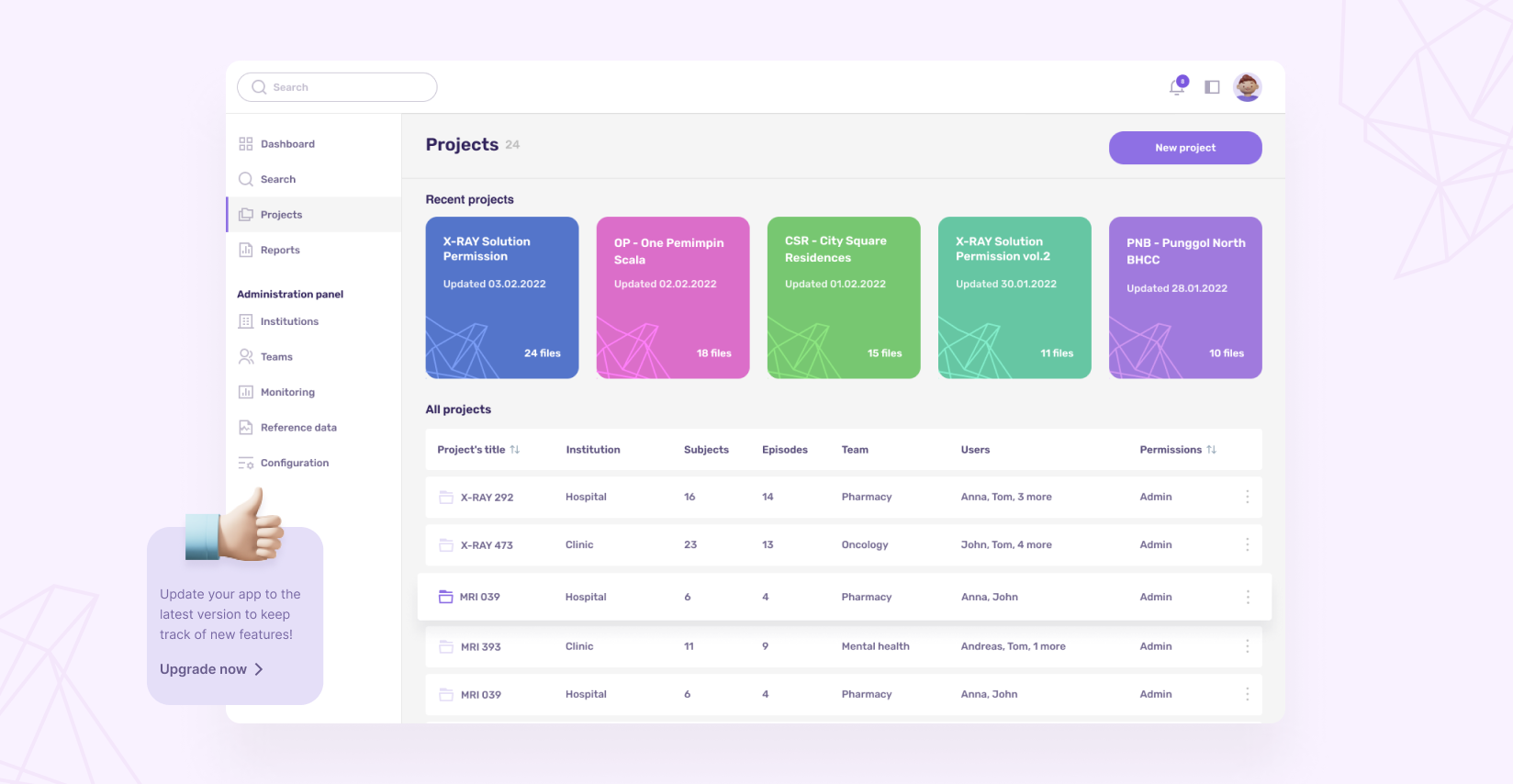
Die Integration von KI in die Fernbehandlung optimiert Verwaltungsaufgaben und verbessert den gesamten Arbeitsablauf. Chatbots und virtuelle Assistenten können Routineanfragen bearbeiten, Termine vereinbaren und den Patienten individuelle Beratung bieten. Dadurch wird das medizinische Personal entlastet und kann sich auf komplexe Fälle konzentrieren, um eine bessere Pflegequalität zu gewährleisten. Zusätzlich automatisieren KI-gestützte Tools die Analyse von medizinischen Dokumenten, was zu korrekter Kodierung, schnelleren Abrechnungsprozessen und einer verbesserten Effizienz in medizinischen Praxen führt.
Die Fähigkeit der KI, große Datensätze zu analysieren, ermöglicht die Identifizierung einzigartiger Patientenmerkmale, genetischer Marker und Behandlungsreaktionen. Dies treibt die Entwicklung der Präzisionsmedizin voran, bei der maßgeschneiderte Therapien und Interventionen basierend auf individuellen Patientenprofilen entwickelt werden.
Es ist jedoch von großer Bedeutung, die Sicherheit und den Schutz der Daten zu gewährleisten. Robuste Protokolle und Verschlüsselungsmaßnahmen müssen etabliert werden, um unbefugten Zugriff oder Datenverstöße zu verhindern. Zusätzlich müssen Gesundheitsfachkräfte ethischen Richtlinien und rechtlichen Rahmenbedingungen folgen, um einen verantwortungsvollen Einsatz von KI in der Telemedizin sicherzustellen und das Vertrauen der Patienten zu wahren.
Wearables und mobile Gesundheitsanwendungen: Monitoring und Prävention im Fokus
Smartwatches, Fitness-Tracker und Healthcare-Apps ermöglichen es Einzelpersonen, die Kontrolle über ihre Gesundheit und ihr Wohlbefinden zu übernehmen. Diese Technologien erfassen Echtzeitdaten und bieten wertvolle Einblicke in verschiedene Aspekte der körperlichen und geistigen Gesundheit. Dadurch können Kliniken und Krankenhäuser die Vitalparameter ihrer Patienten aus der Ferne überwachen und fundierte Entscheidungen während virtueller Konsultationen treffen.
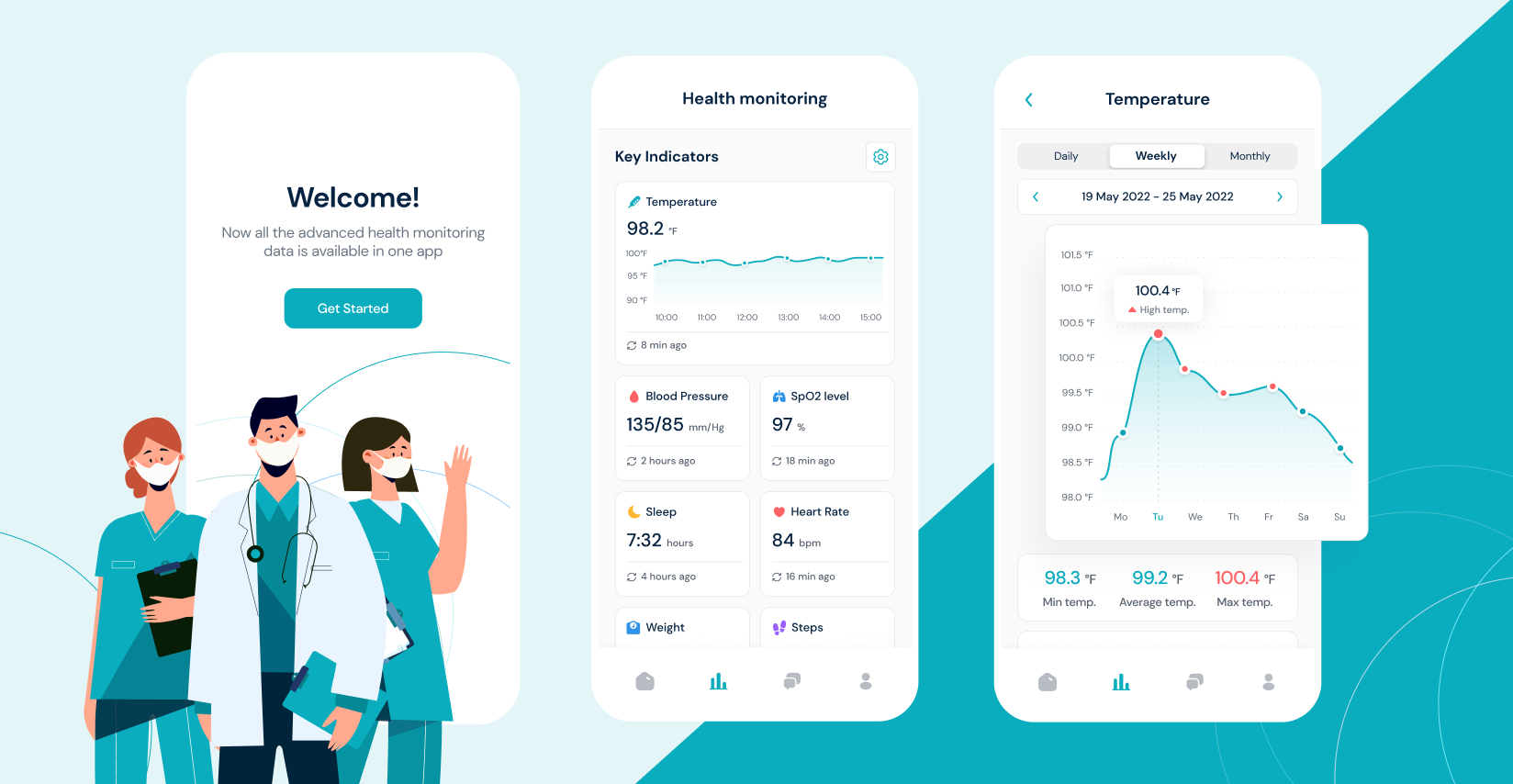
Patienten können Wearables bequem von zu Hause aus tragen und so wichtige Gesundheitsdaten erfassen, die sie während virtueller Termine mit ihren Ärzten teilen können. Dies führt zu präziseren Diagnosen und individuellen Behandlungsplänen.
Wearables und mobile Apps unterstützen auch die Präventivmedizin und das Selbstmanagement. Patienten können ihre täglichen Aktivitäten verfolgen, die Einhaltung ihrer Medikation überwachen und personalisierte Empfehlungen über mobile Apps erhalten.
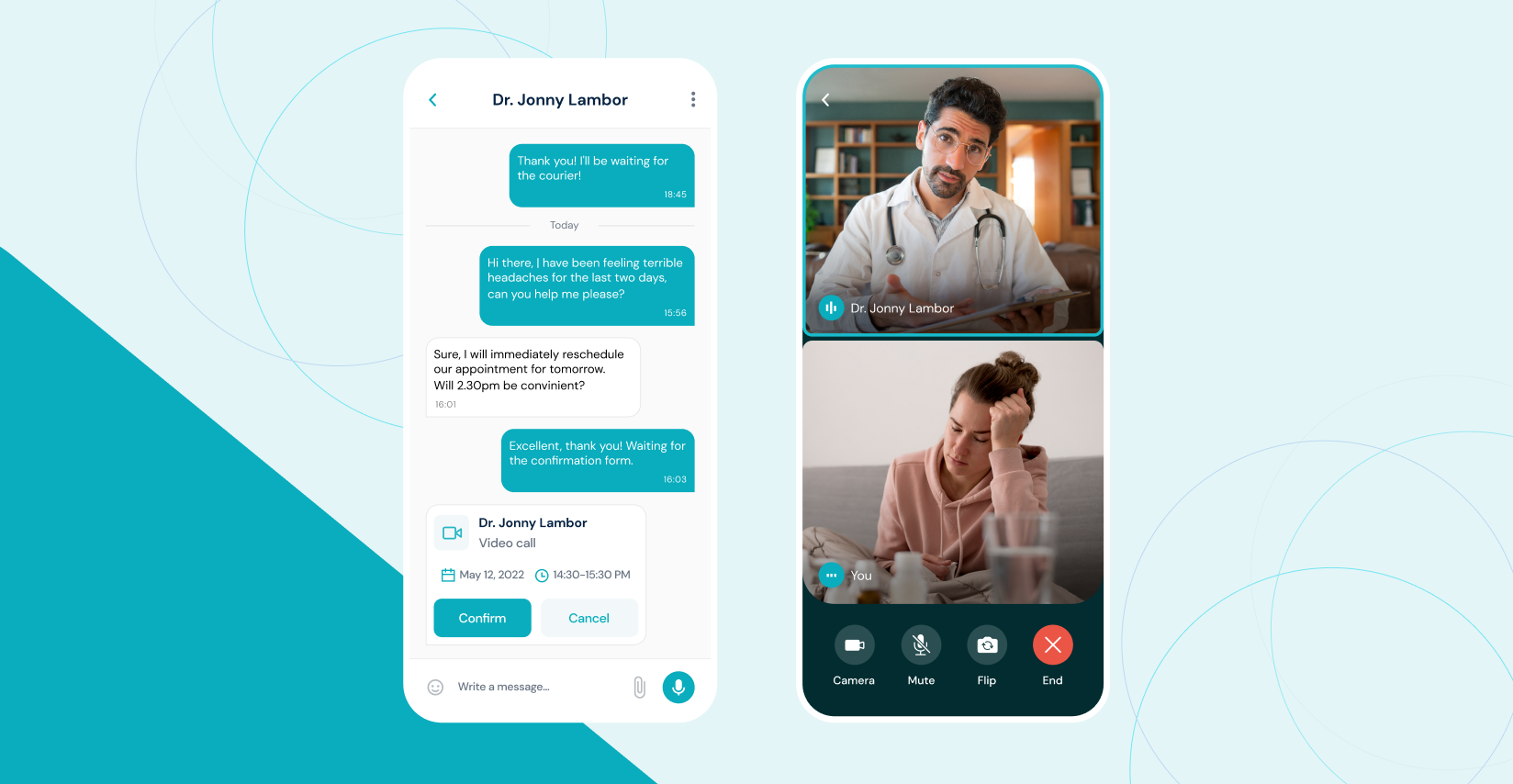
Die Nutzung fortschrittlicher Technologien wie KI und ML zur Echtzeitanalyse von Wearables-Daten eröffnet spannende Möglichkeiten für die frühzeitige Erkennung von Krankheiten, personalisierte Einblicke in die Gesundheit und verbesserte Behandlungsergebnisse.
Big Data und Datenanalyse: Effiziente Auswertung von medizinischen Daten
Die Analyse großer Datenmengen ermöglicht es Forschern, neue Erkenntnisse zu gewinnen, neuartige Behandlungen zu entdecken und die Wirksamkeit von Interventionen zu bewerten. Durch die Nutzung dieser Erkenntnisse kann die Gesundheitsbranche kontinuierliche Verbesserungen vorantreiben und eine hochmoderne Versorgung bieten, die den individuellen Bedürfnissen der Patienten gerecht wird.
Es ist jedoch wichtig, Herausforderungen im Zusammenhang mit Datenschutz, Sicherheit und Datenverwaltung anzugehen. Gesundheitsorganisationen müssen robuste Sicherheitsmaßnahmen ergreifen, um die Daten der Patienten zu schützen und Vorschriften wie die HIPAA einzuhalten. Darüber hinaus sollten klare Richtlinien für den Datenaustausch festgelegt werden, um einen ethischen und verantwortungsvollen Umgang mit Daten zu gewährleisten sowie das Vertrauen und die Vertraulichkeit der Patienten zu wahren.
Zusammenfassend lässt sich sagen, dass Big Data und Datenanalyse das Potenzial haben, das Gesundheitswesen zu revolutionieren, indem sie wertvolle Erkenntnisse freisetzen, die klinische Entscheidungsfindung verbessern und Innovationen vorantreiben. Durch die Nutzung dieser Technologien werden Kliniken und Krankenhäuser in der Zukunft eine effizientere und personalisierte Versorgung bieten können, was zu besseren Gesundheitsergebnissen für Einzelpersonen und Populationen führt.
Telechirurgie und Robotik: Die Zukunft der Fernoperationen
Die Telechirurgie hat die Branche revolutioniert, indem sie präzise Eingriffe an entfernten Patienten ermöglicht. Bei diesem fortschrittlichen Ansatz steuert der Chirurg über eine Hauptsteuerung Roboterarme und nutzt Echtzeitinformationen aus einem Telekommunikationssystem. Die Zukunft dieses Bereiches ist vielversprechend. Laut Statista wird der weltweite Markt für chirurgische Robotik bis 2030 auf fast 120 Milliarden US-Dollar anwachsen, und die Anzahl der Fernoperationen wird kontinuierlich steigen.
Obwohl die Telechirurgie bereits wichtige Erfolge erzielt hat, gibt es Hindernisse für ihre breite Anwendung. Dazu gehören globale Latenz- und Netzwerkprobleme, rechtliche Bedenken, hohe Kosten und die begrenzte Zugänglichkeit von Robotersystemen. Durch die Integration fortschrittlicher Technologien wie 5G-Hochgeschwindigkeitsnetzwerke, KI, haptisches Feedback, 3D-Druck und Nanotechnologie können jedoch wesentliche Verbesserungen erzielt werden.
Zum Beispiel ermöglichen 5G-Netzwerke mit hoher Bandbreite und geringer Latenzzeit eine Echtzeitkommunikation und verbessern die Kontrolle des Chirurgen während ferngesteuerter Eingriffe. Die Kombination von haptischem Feedback und taktiler Robotik ermöglicht es Spezialisten, ihre Handbewegungen präzise nachzuahmen, was zu einer genauen Kontrolle und Geschicklichkeit führt. Darüber hinaus erweitert das Konzept der "One-to-many"-Fernchirurgie, bei der ein Chirurg gleichzeitig mehrere Eingriffe durchführen kann, den Zugang zu chirurgischer Expertise und überbrückt die Lücken in unterversorgten Gebieten.
Der Aufbau einer zuverlässigen globalen Netzwerkinfrastruktur ist entscheidend, um die Telechirurgie weltweit verfügbar zu machen. Es müssen rechtliche und ethische Fragen im Zusammenhang mit Fernoperationen berücksichtigt werden, da die Gesetze in verschiedenen Ländern unterschiedlich sein können. Zudem stellen die Kosten für Robotersysteme und die Erschwinglichkeit von Hochgeschwindigkeits-Telekommunikationssystemen, insbesondere in Entwicklungsländern, Hürden dar. Es ist auch wichtig, die Cybersicherheit zu gewährleisten, um potenzielle Bedrohungen abzuwehren.
Fazit
Die Zukunft der Telemedizin hält ein enormes Potenzial bereit, da der technologische Fortschritt weiterhin die Gesundheitslandschaft prägt. Die Integration innovativer Telemedizin-Software verspricht eine verbesserte Zugänglichkeit, eine optimierte Patientenversorgung und eine gesteigerte Effizienz in der Bereitstellung von Gesundheitsleistungen. Um diese Innovationen erfolgreich umzusetzen, ist es entscheidend, einen starken Fokus auf Datensicherheit, die Einhaltung gesetzlicher Vorschriften und die kontinuierliche Weiterentwicklung der Technologie zu legen, um eine reibungslose und effektive Gesundheitserfahrung für Patienten weltweit zu gewährleisten.
Wenn Sie nach einer zuverlässigen Plattform suchen, stehen Ihnen die Experten von Andersen gerne zur Seite. Nehmen Sie Kontakt auf, um eine kostenlose Beratung und weitere Informationen zu erhalten.












